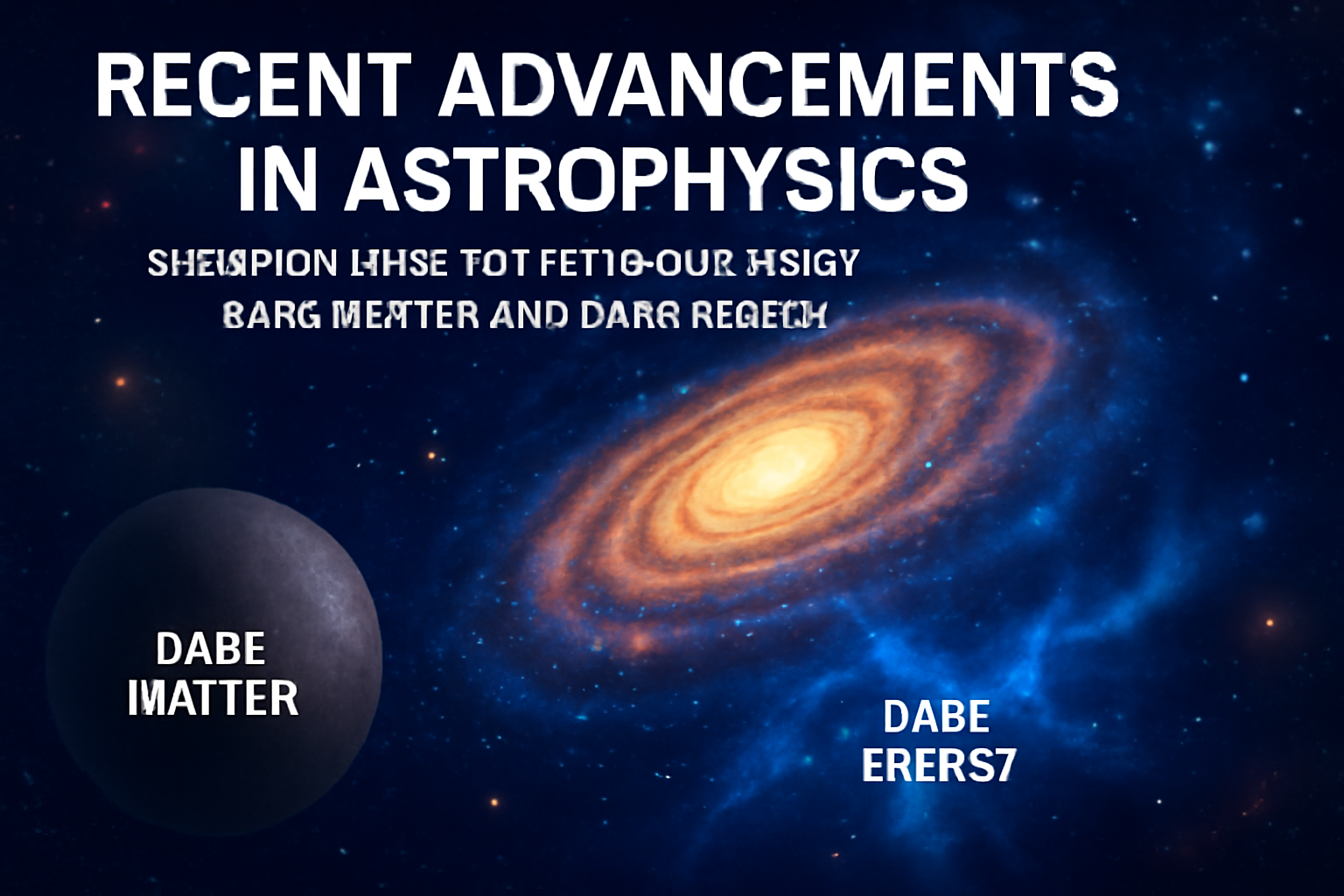Location
Mount Vernon, WA 98274
Location
Mount Vernon, WA 98274

Recent advancements in astrophysics are shedding light on the mysterious components of our universe, particularly dark matter and dark energy. Understanding these elements is crucial to unraveling the cosmic origins and the structure of the universe as we know it.
The universe, an ever-expanding tapestry of galaxies, stars, and celestial phenomena, has long intrigued scientists and astronomers. While we have made significant strides in understanding its structure and behavior, the true origins of the universe remain shrouded in mystery. Recent research has begun to focus on two enigmatic components: dark matter and dark energy, which together make up approximately 95% of the universe’s total mass-energy content.
Dark matter, which does not emit or interact with electromagnetic radiation, is thought to be responsible for the gravitational forces that govern the movement of galaxies. Its presence is inferred from the gravitational effects it has on visible matter, such as stars and galaxies. According to the latest simulations from the European Space Agency’s Euclid mission, dark matter may play a critical role in the formation of cosmic structures. These simulations suggest that dark matter not only influences the clustering of galaxies but also dictates the overall shape and fate of the universe.
In tandem with dark matter is dark energy, a mysterious force that drives the accelerated expansion of the universe. Current models indicate that dark energy constitutes about 68% of the universe, yet its nature remains elusive. Researchers at various institutions are utilizing advanced observational techniques, such as Type Ia supernovae and baryon acoustic oscillations, to gather more data on how dark energy behaves over time. This could provide critical insights into the ultimate fate of the universe-whether it will continue to expand indefinitely or eventually collapse back in on itself.
One of the most exciting developments is the upcoming launch of the James Webb Space Telescope, which is expected to revolutionize our understanding of cosmic origins. With its unparalleled sensitivity and resolution, Webb will allow scientists to look deeper into the universe than ever before, potentially observing the first galaxies that formed after the Big Bang. By studying the light from these early cosmic structures, researchers hope to glean more information about the conditions that prevailed during the universe’s infancy.
Moreover, collaborations among international research teams are becoming increasingly vital as they pool resources and data to tackle these grand cosmic questions. The Global Collaboration for Cosmological Observations recently announced a series of joint observational campaigns that aim to explore the interplay between dark matter, dark energy, and the formation of large-scale structures. Such efforts underscore a growing recognition that the key to understanding our universe lies not only in individual studies but in a collective approach to astrophysical research.
As we stand on the brink of a new era in cosmology, the quest to understand the origins of the universe continues to ignite our curiosity. With each new discovery, we inch closer to unlocking the secrets of dark matter and dark energy, driving us to ponder not just where we come from, but also where we might be headed in the cosmic expanse.